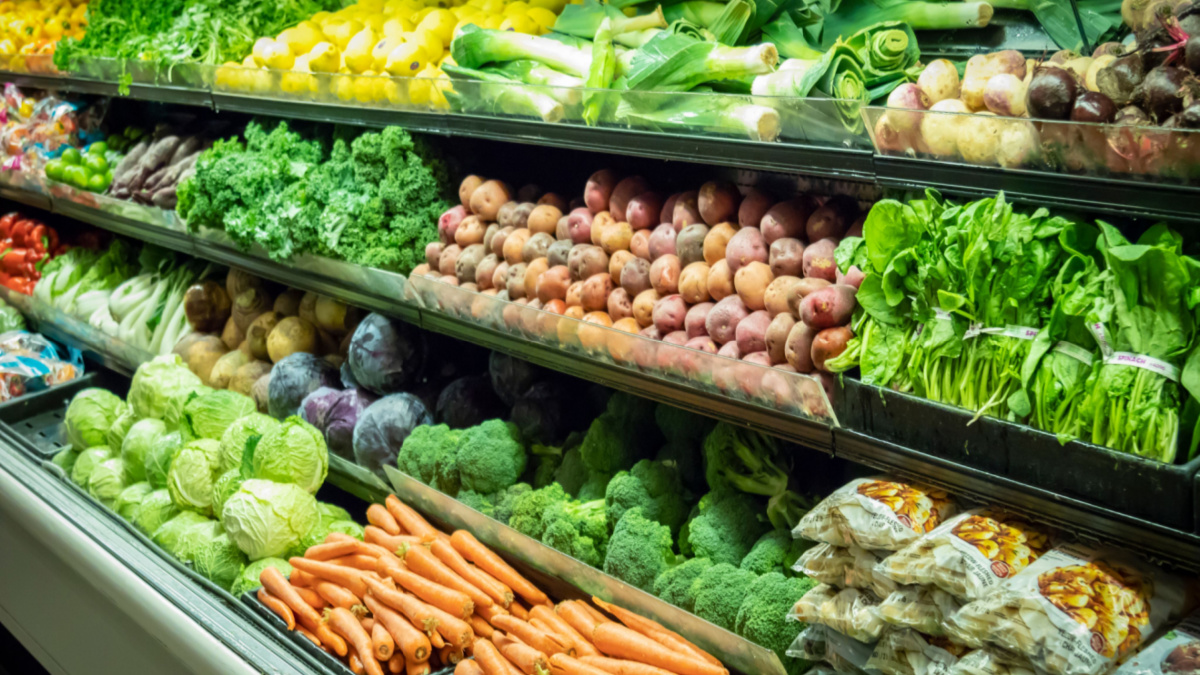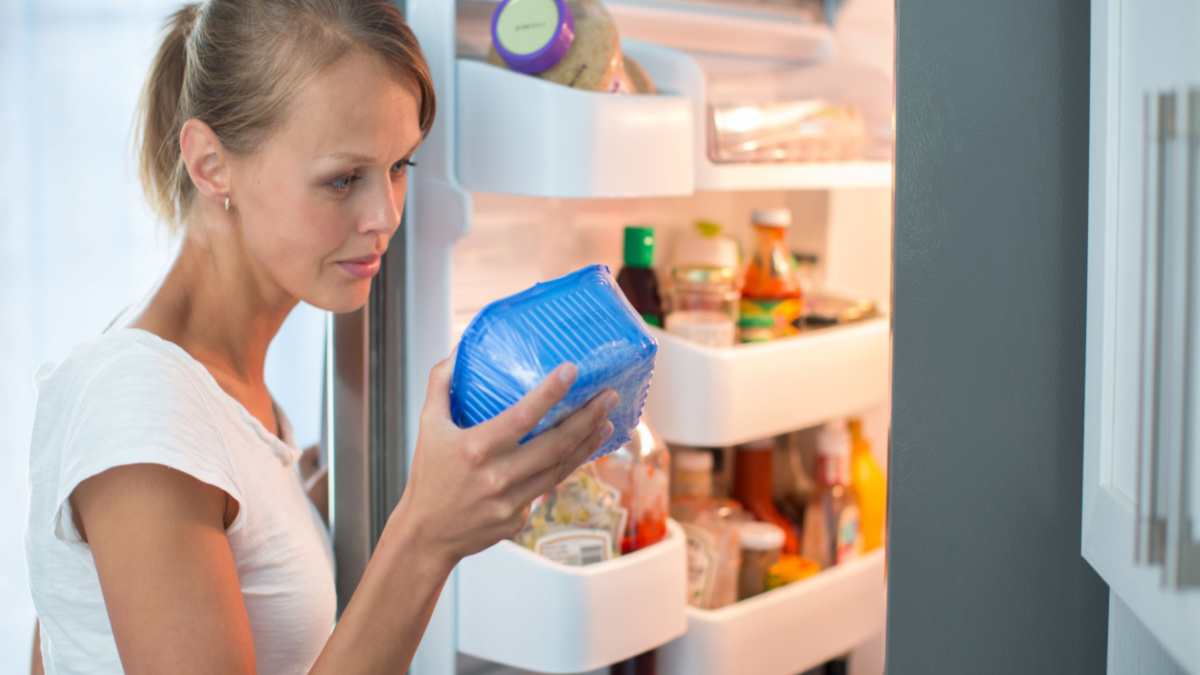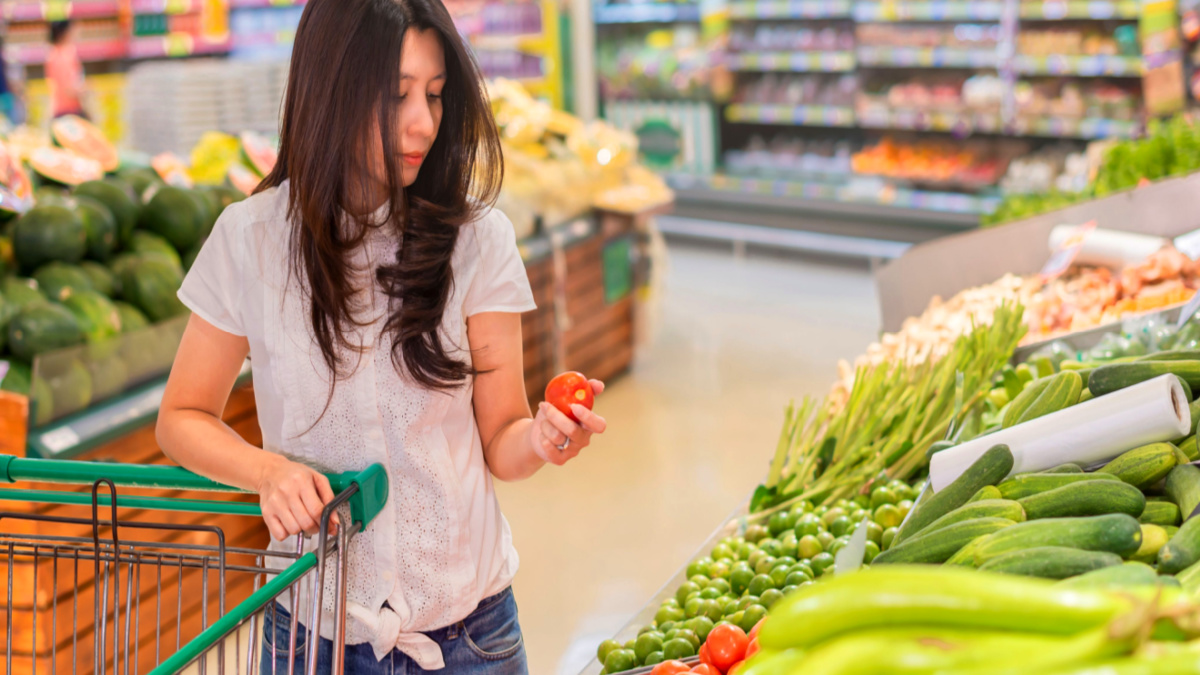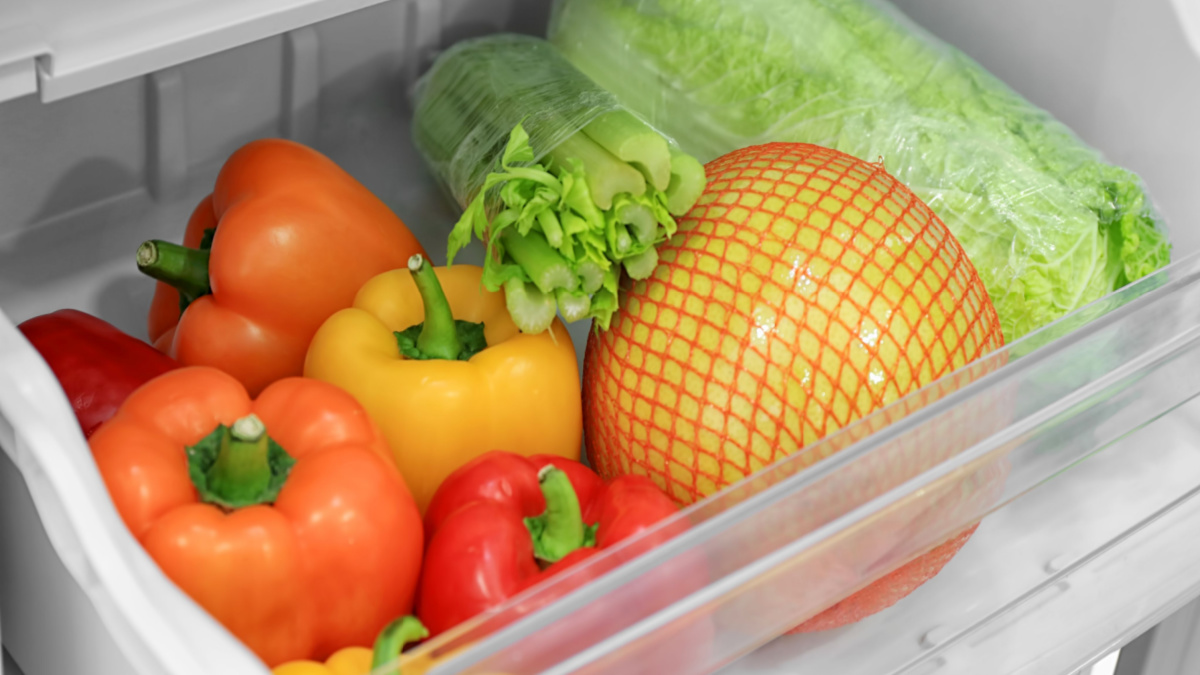Best before - and likely to be fine after

As some supermarkets announce they are removing “best before” dates on fresh fruit and vegetables to help reduce food waste, we asked our food safety experts if they had any concerns.
Research into food waste shows that over half of us throw out food because of best before dates, and that unused bananas, apples and potatoes are the most dumped by Irish shoppers. Apart from the waste of food, this is unnecessarily hard on our pockets.
According to food scientist Dr Linda Gordon, there are no food safety issues with the removal of best before dates. “The important thing to remember”, she says, “is that a best before date is just the manufacturer saying that if you store the food correctly, then they can stand over the quality, the flavour, the texture, and the appearance of the food up to that date. It doesn't mean that it's not safe to eat that food after that date.”
So, while there might be a gradual deterioration after the best before date in how the food looks, tastes, or its texture, it may still be perfectly good to eat. It's about the quality of the food, rather than the safety.

“Best before” and “use by” – not the same thing
What you need to remember is that a use by date is an absolute deadline, after which you should never eat the food. Use by dates are for foods like meat and dairy products which are more likely to support the growth of harmful bacteria that cause food poisoning.
Use by dates are about food safety, and best before dates are about food quality. That’s why we say treat “use by” as a deadline, and “best before” as just a guideline.
When we’re at the shops though, if there’s no best before date will it be harder to tell how long a head of lettuce or bag of apples will last?
Dr Linda Gordon says “You do want people to have information about how fresh something is or how long it's likely to stay fresh. So, there is an argument that these dates give people information about how long food is likely to last. But it's a balance. The idea is to cut down on food waste, which is very important, and let people use their own judgment.”
Read more about the Environmental Protection Agency National's food waste attitude research and the Stop Food Waste campaign.

Using your judgement
But what if you rely on best before dates to tell if a food is fresh or not? Here are some tips to help you choose fresh fruit and vegetables with out best before dates:
- Apples should be a good colour for their variety, and firm to the touch. Avoid any that are soft and bruised.
- Fruits like avocados and kiwis should give to gentle pressure but should not be soft. If you are buying a few days ahead look for a firmer fruit and allow it to ripen at home.
- Bananas are best bought when they’re firm, bruise free and yellow with a slight touch of green.
- Berries should be eaten within a day or so of buying them. They should be firm, plump, bright and clean.
- Citrus fruits like oranges, lemons and limes should feel heavy for their size, and have glossy skin.
- Broccoli and cauliflower should have firm closed, florets. Avoid yellowing heads of broccoli and browning heads of cauliflower which are over mature.
- Carrots should be firm and brightly coloured. Avoid rough, cracked or green-tinged roots.
- Celery should be light green to green, with crisp branches. If it’s wilting or the stalk feels puffy, it’s best left behind.
- Onions should have dry, papery skins and be free of green spots or sunken areas.
- Potatoes should be firm and mostly blemish free. Avoid bruised, sprouting, shrivelled or green-tinged potatoes.
Read more about shopping for a healthy diet and shopping on a budget

Storing fruit and veg correctly helps them last longer
- Onions and potatoes stay fresh longest if you keep them cool or at room temperature, and away from moisture, heat and direct sunlight.
- If you have space in your fridge, the crisper drawer is a great option for most fruit and vegetables, including apples, leafy greens, carrots and peppers.
- Mushrooms are best kept in a paper bag in the fridge.
- Tomatoes last longer in the fridge, but chilling them does change the texture and make them less flavourful. They are best kept at room temperature.
- Bananas need to be kept at room temperature, but away from other fruit as they emit a gas as they ripen which can speed up the ageing of any nearby fruit.

When they’re past their best
When the fruit and vegetables you have in your kitchen start to look a little sad, you still have time to make sure they don’t go to waste. Anything with mould should be thrown out, but any brown, yellowing or bruised areas can simply be cut off. Here are some ideas:
- Brown bananas are perfect for baking banana bread – the browner they are the sweeter they’ve become. Get the recipe here.
- Wrinkly tomatoes get a new life as a delicious sauce - chop them up, add finely chopped onion, garlic and basil, and simmer the lot on a low heat until the sauce has thickened. Then serve with pasta or use to top a homemade pizza.
- When vegetables are wilting and past their prime, they can be used for soup. Try this recipe for our hearty vegetable soup.
- If your apples have lost their crunch, make apple sauce to add to morning porridge, or bake them into these apple sponge squares
Read more about avoiding food waste




